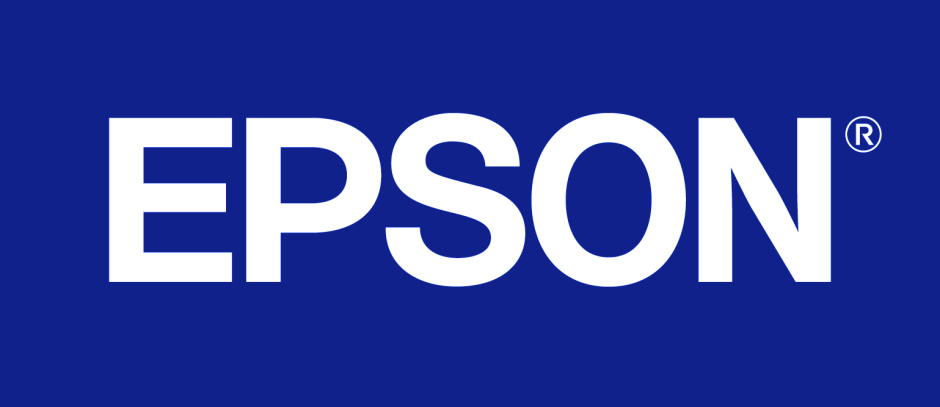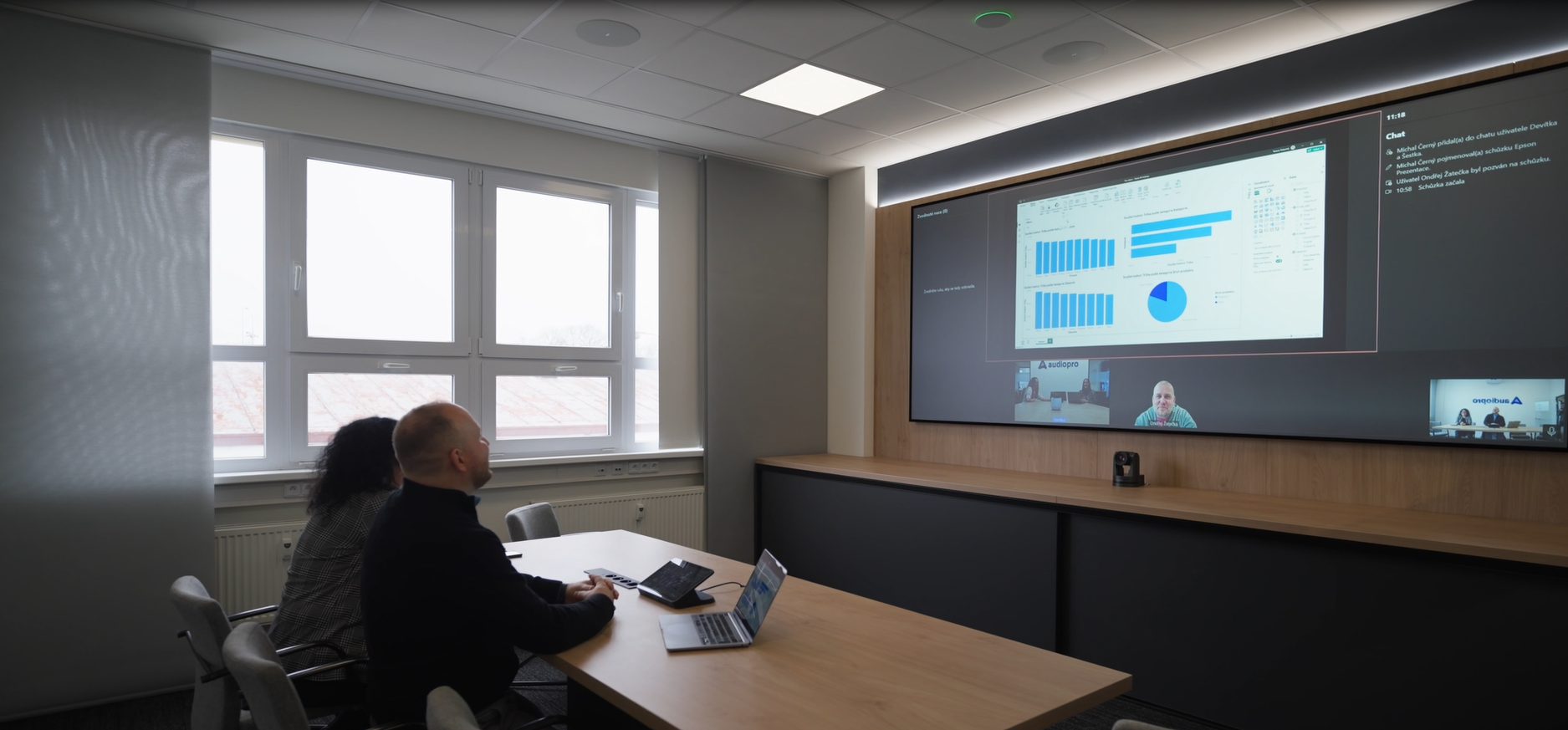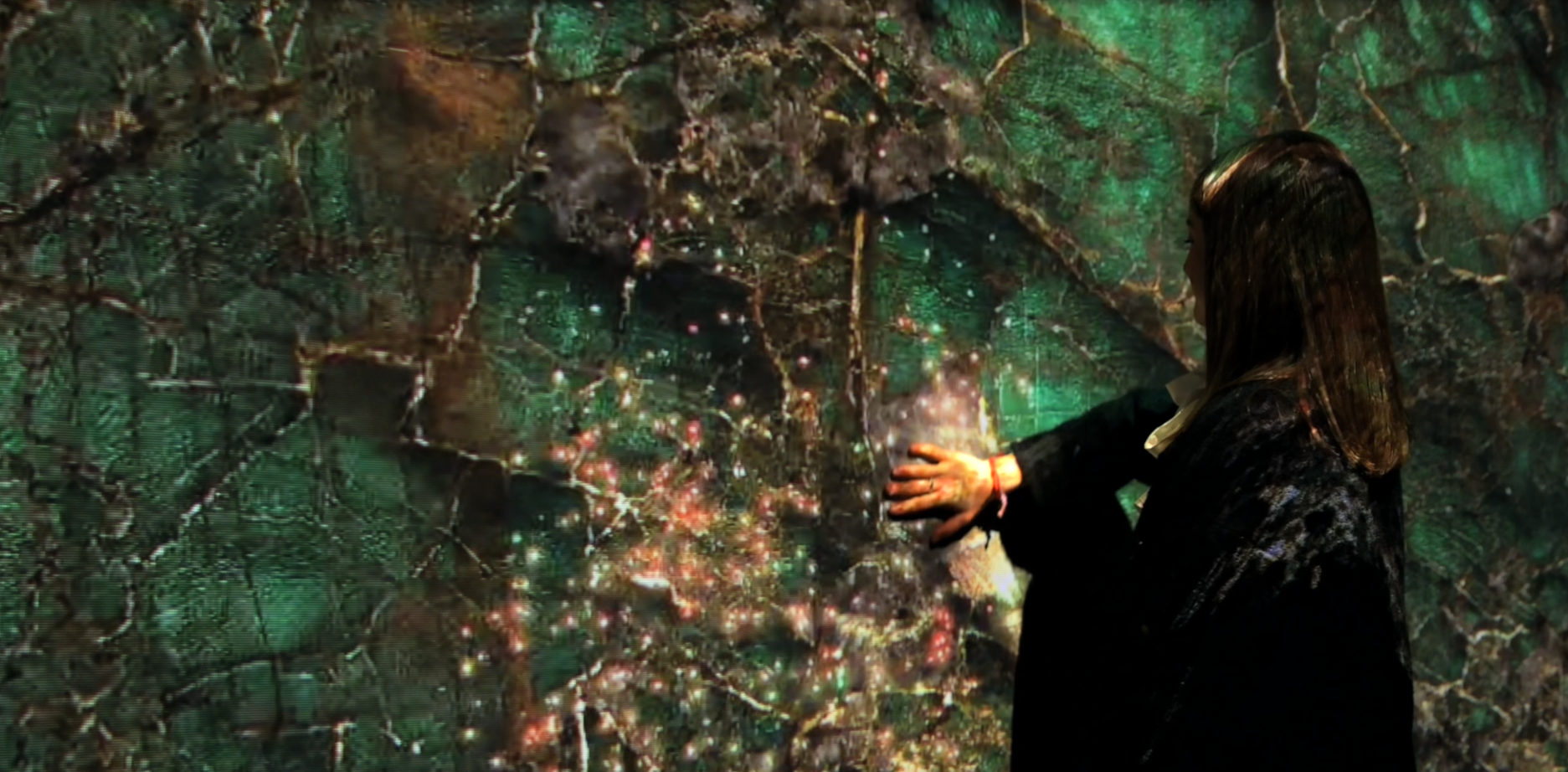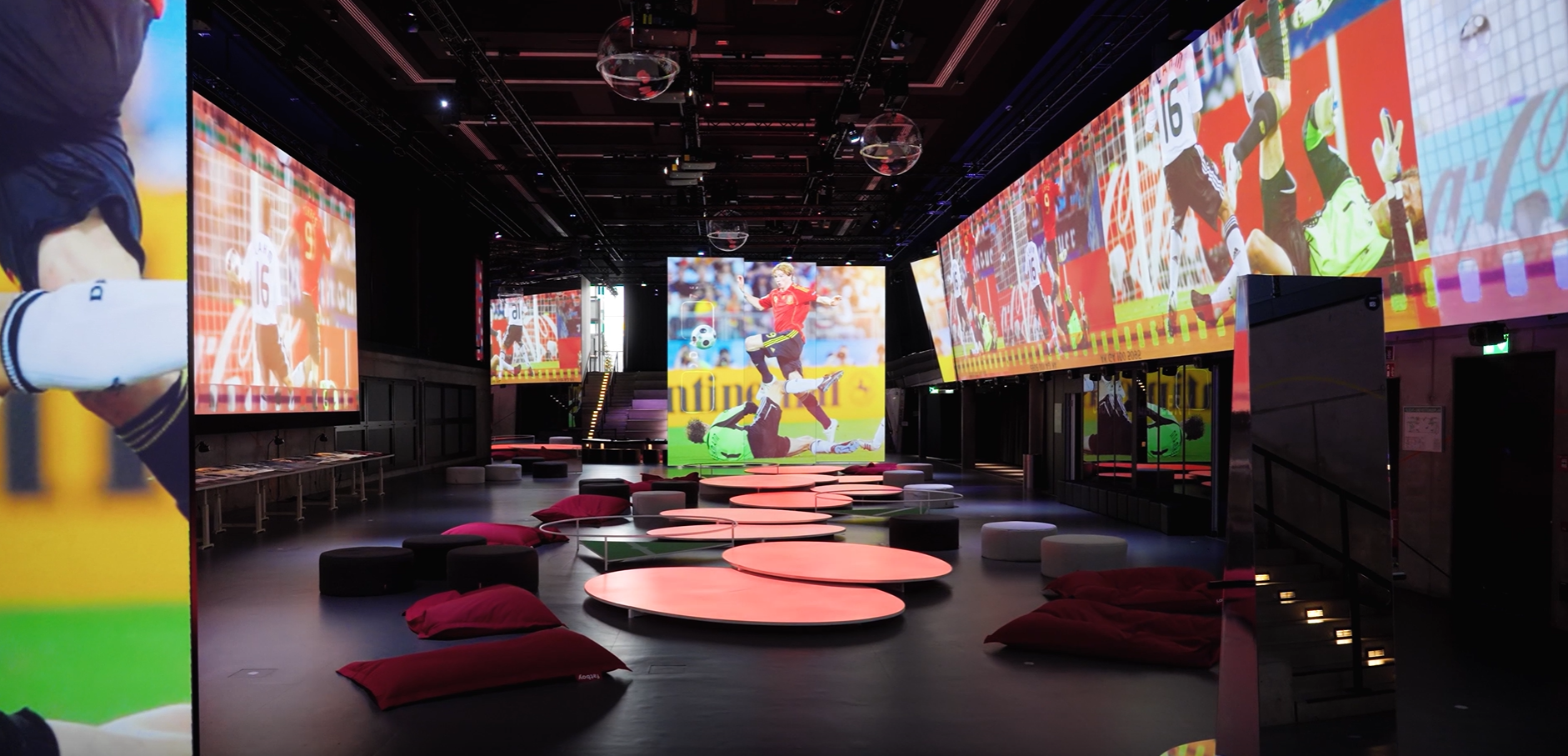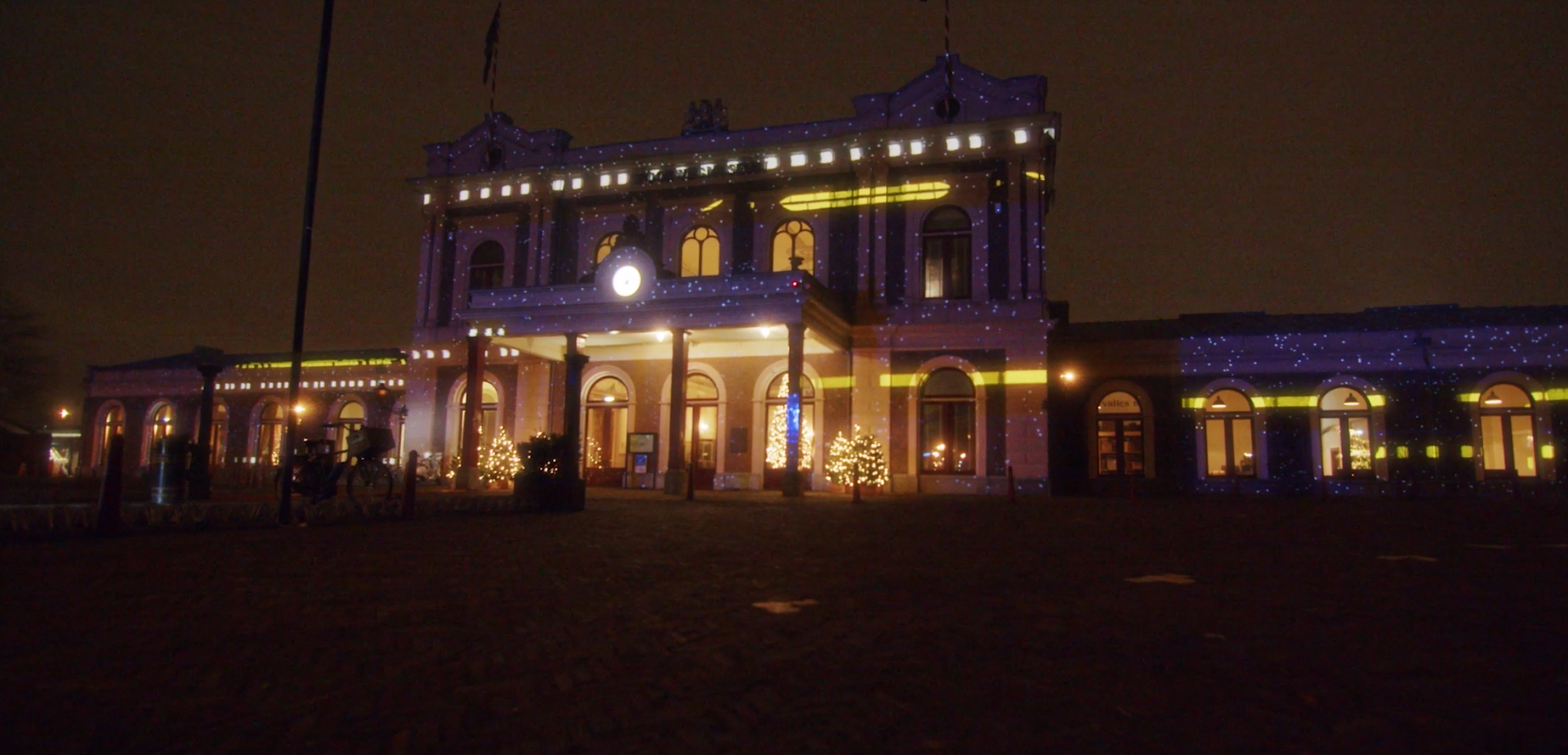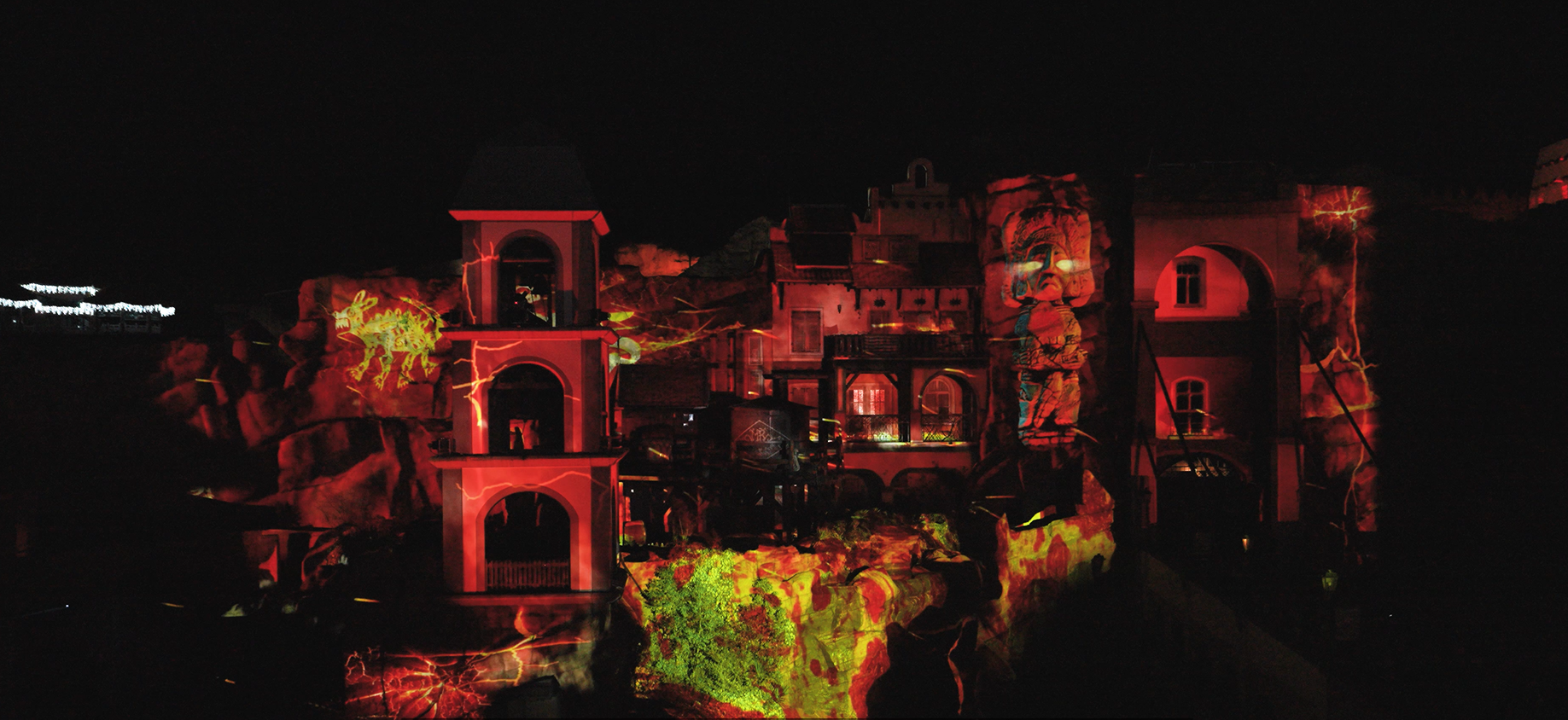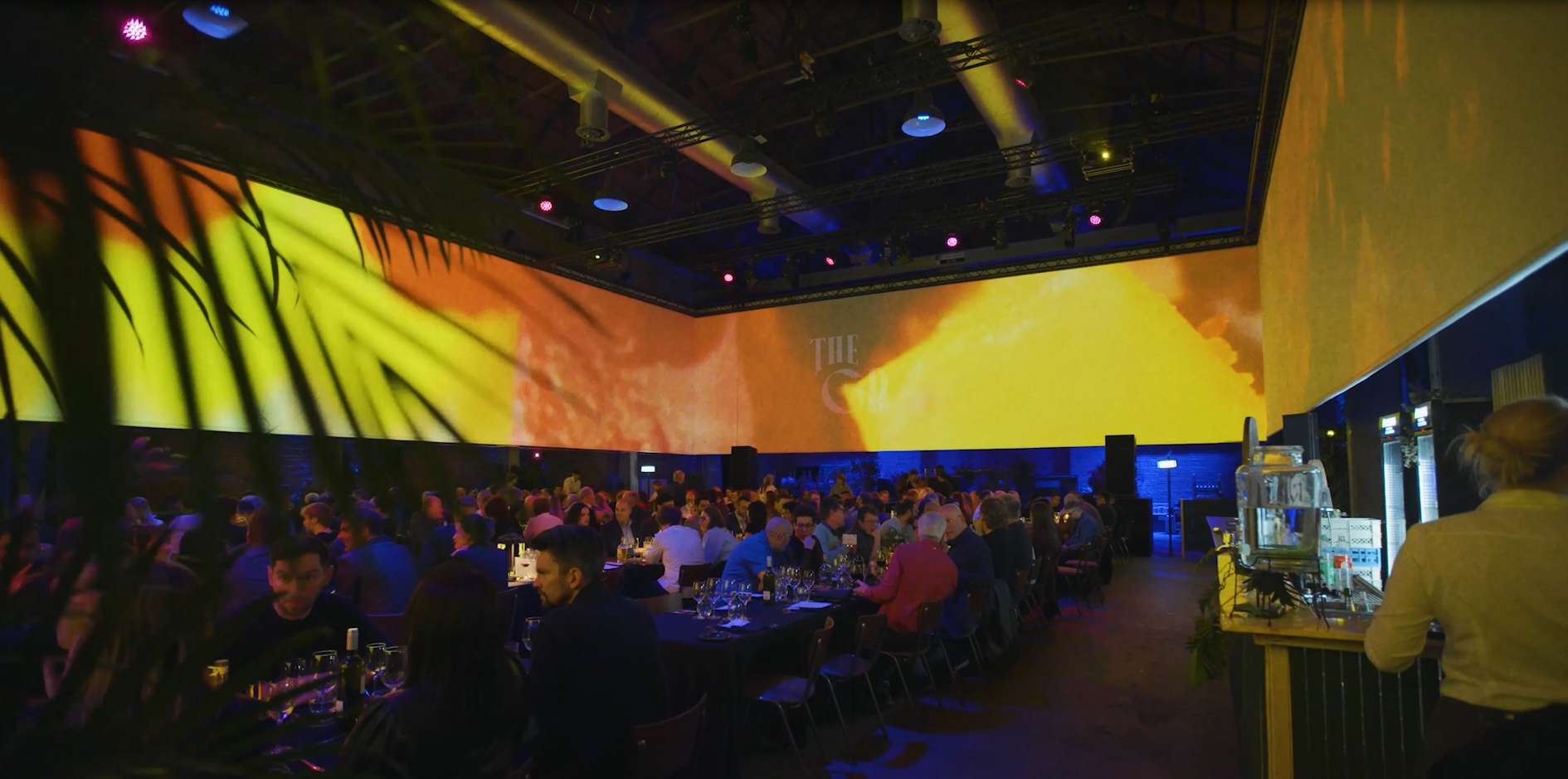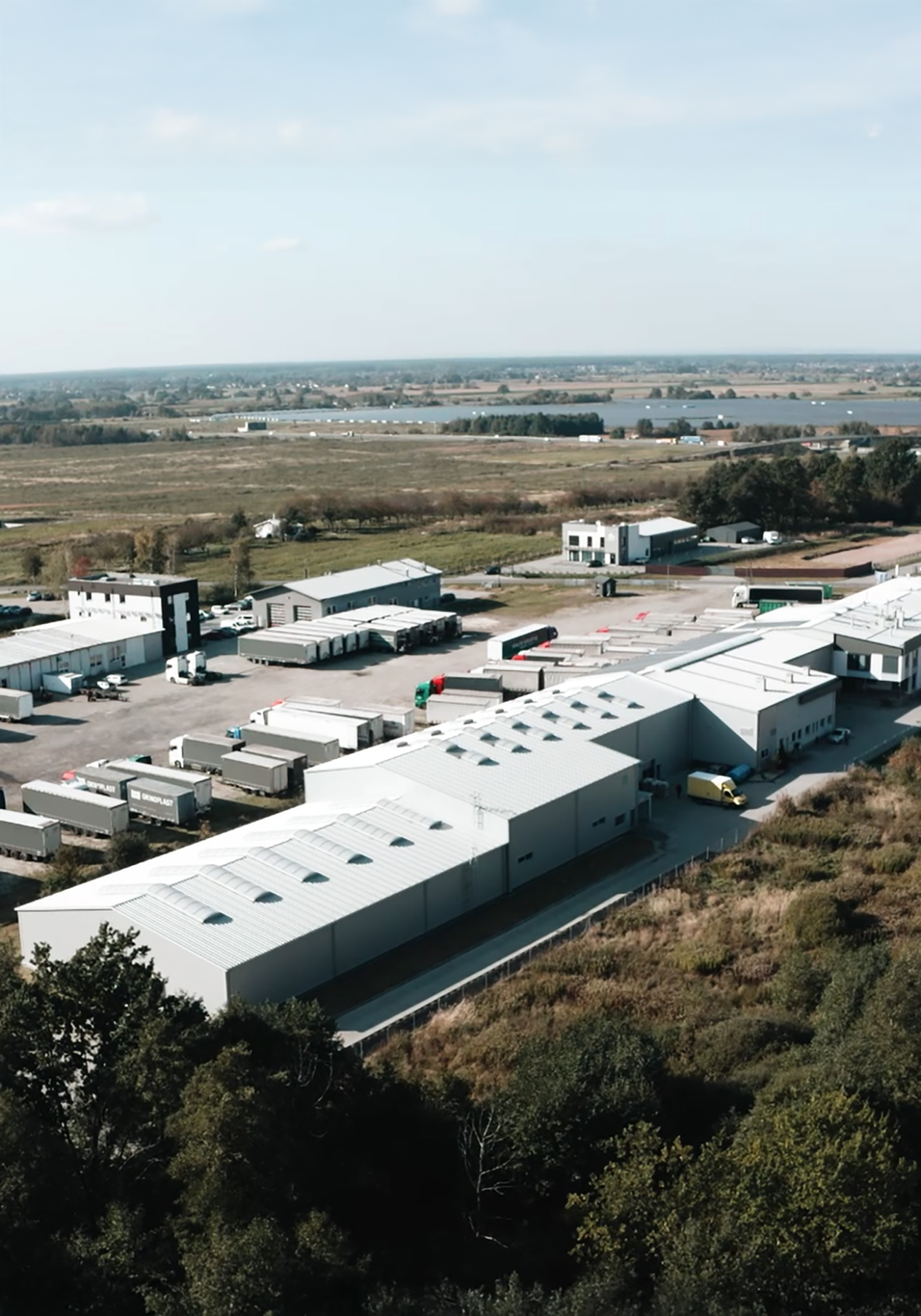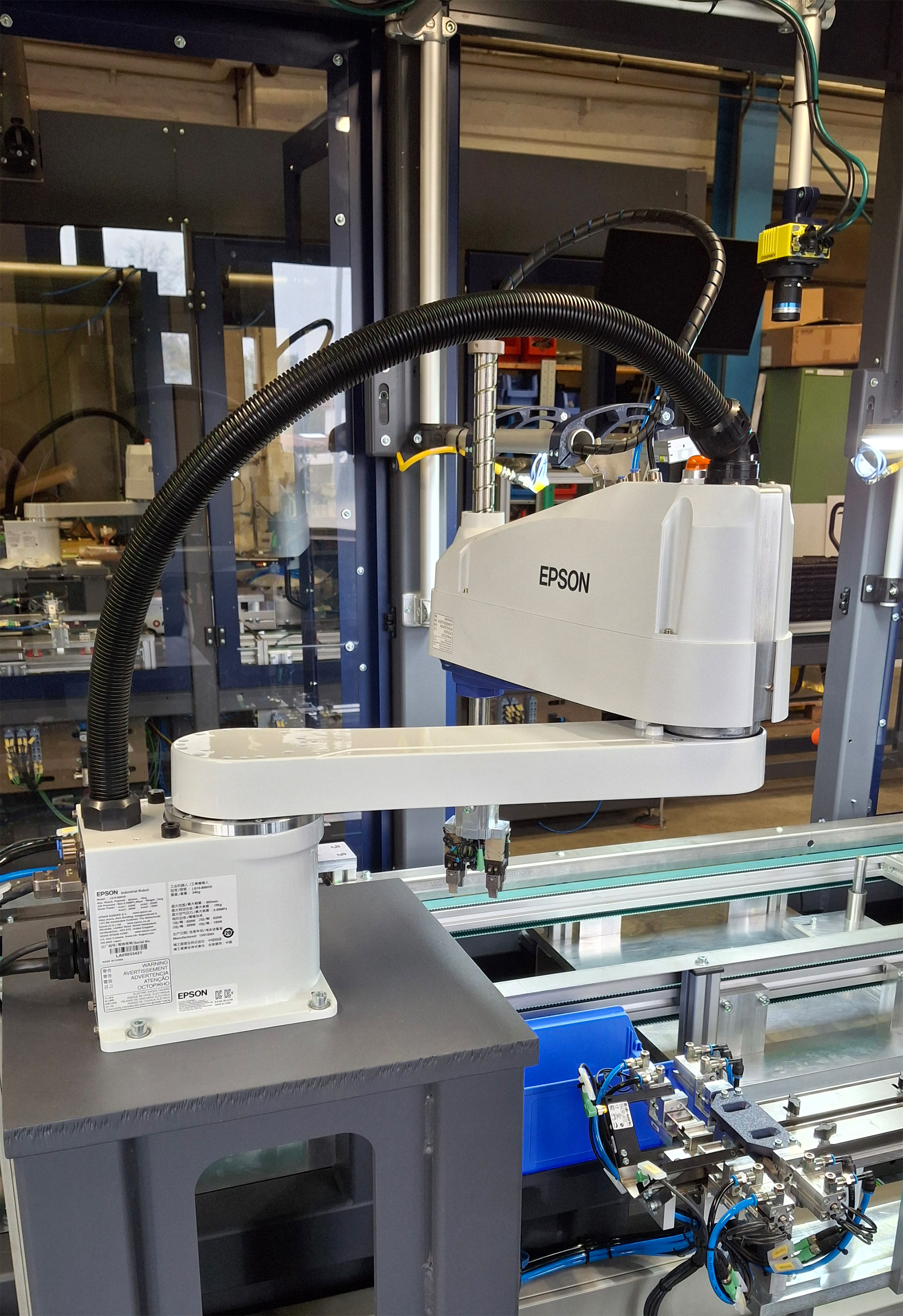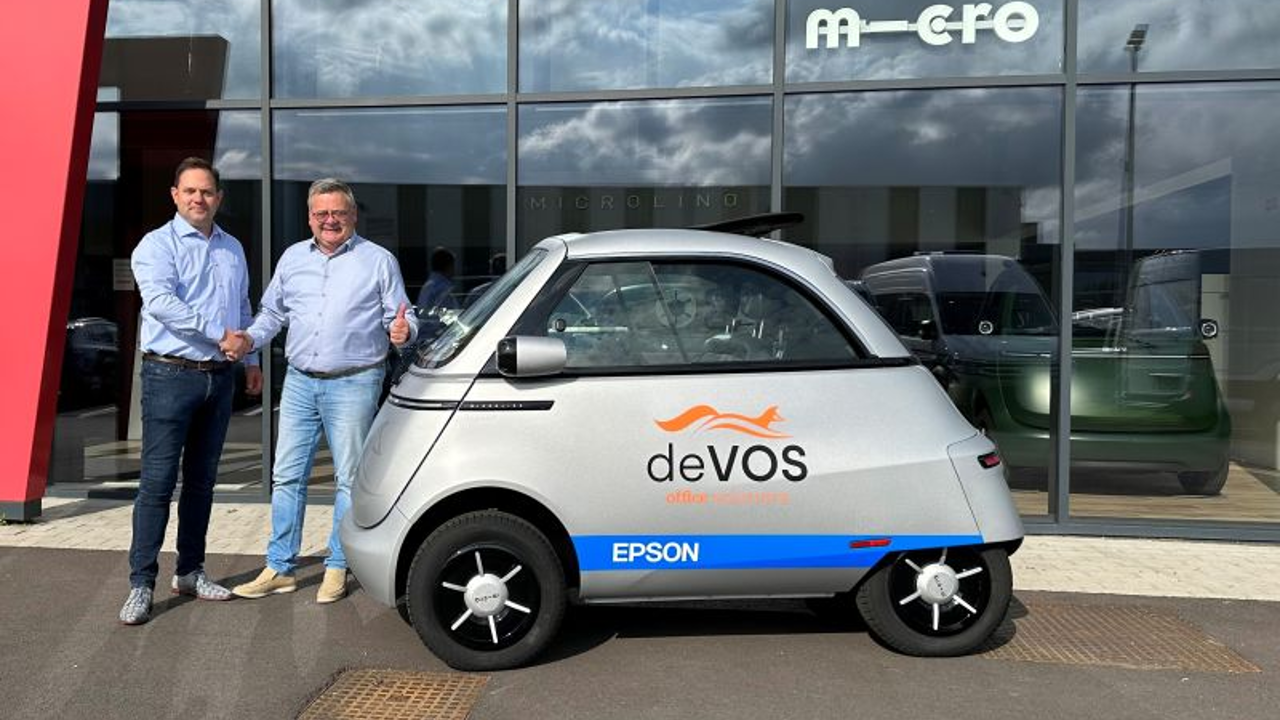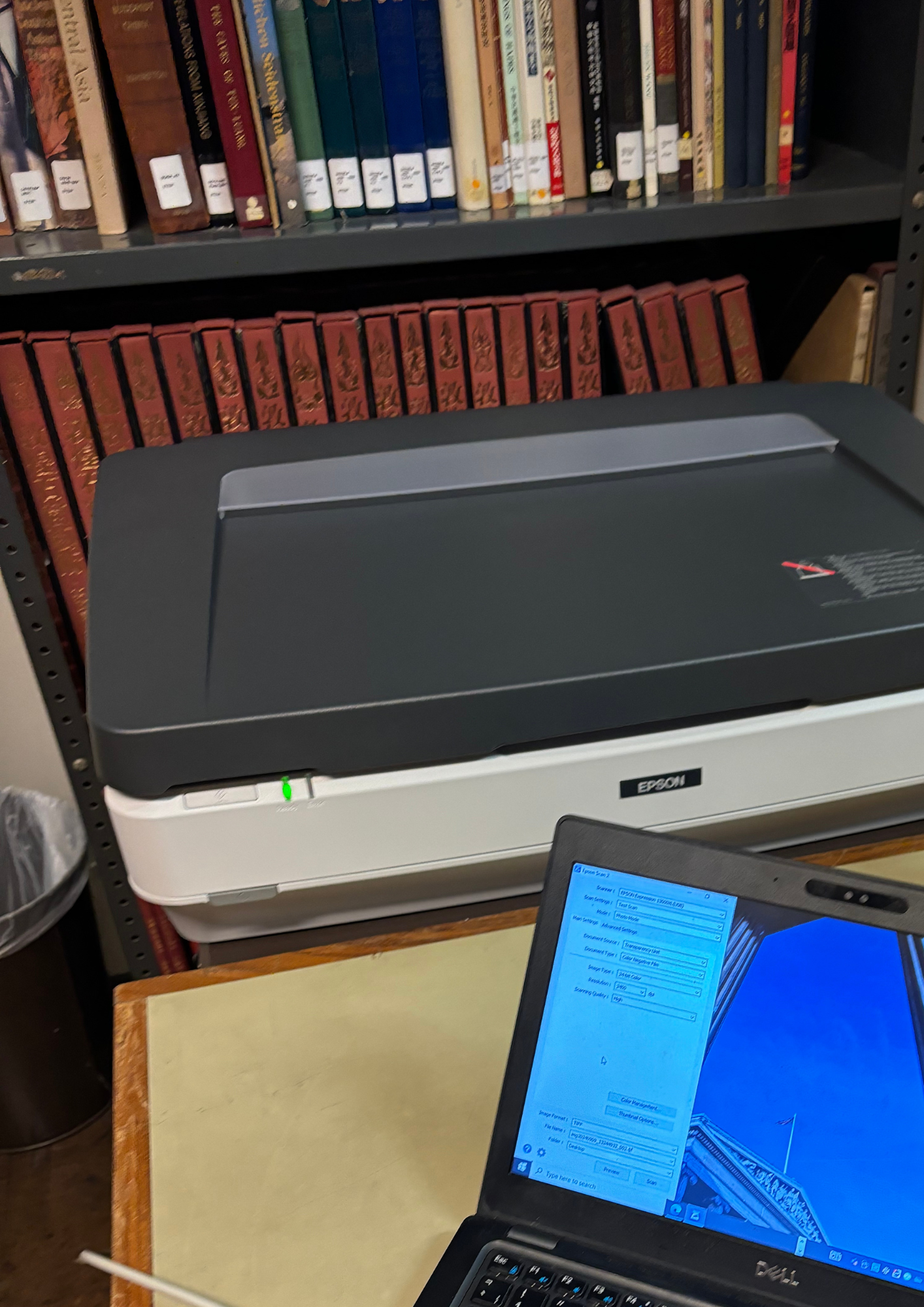CERN chooses Epson’s projectors
Scientific institutes such as the European Organisation for Nuclear Research, better known by its French abbreviation CERN (Conseil Européen pour la Recherche Nucléaire), are among the best that European research has to offer.
Fundamental research has been under way at the Geneva site since 1954. It has changed our basic understanding of the world and continues to change it. But things which are taken for granted today, such as the World Wide Web, came into being as a result of project work at CERN. These types of research establishment thrive on ongoing exchanges with the world of science, economics, politics and other public spheres. They rely on presenting themselves and their work appropriately and offering the best possible work environment. It was for this reason that CERN opted for Epson's high-end projectors.
From a statistical viewpoint, 38 employees share each of CERN's meeting rooms. 260 conference rooms are available to the 10,000 users and employees of the research institute in the Swiss district of Geneva for scientific exchange. Many of these rooms are equipped with state-of-the-art Epson AV equipment – also a 'must', as fundamental research is unthinkable today without precise visualisation of the experiments conducted and theoretical considerations. This is why around 70 high-quality projectors from Epson's series, including the EB-8X, EB-9X, EB-1920, Z-8000 and EB-G5450, have found a home at the institute and assist scientific exchange within the work teams. They aid understanding of the complexity and backgrounds to the experiments in which particles collide almost at the speed of light and show a brief insight of how the world is held together at its core.
Sharp images of the smallest subject
"In order to be able to depict the details of an experiment precisely, for example, we require projectors to be able to depict light-intensive, high-contrast images with high-quality colour," states Thomas Baron, Section Leader AV and Collaborative Services IT-Department – UDS group at CERN.
"With many projectors we used previously, the image was simply too dark or the colours did not correspond to the original document."
Not least for this reason, in 2011 CERN opted to purchase Epson's systems, predominantly from the EB-8X, EB-9X, EB-1920, Z-8000 and EB-G5450 series. These ranges were specially developed for the requirements of companies and educational institutions. These are 3LCD projectors, one of the advantages of which is the ability to depict colours in identical brightness, like monochrome images. Vital for the presentation of abstract correlations. In addition, they supply flicker-free images, they are inexpensive to purchase and maintain and – a further important point – they can be managed completely via a network. The latter in particular was a fundamental requirement of the research institute's specifications.
"All AV systems at CERN must be able to be monitored and controlled via our network," says Thomas Baron. Today, a CERN server monitors and controls all projectors with the aid of Epson's EasyMP software. Because the Epson projectors are inherently RJ45-compatible, employees can simply connect them to their laptop by network connection.
Audimax projection
In addition to normal meeting rooms, Epson projectors are also used in the central lecture theatres at CERN, and in Audimax too. Because of its size, the IT department opted for two high-end projectors from the EB-Z8000 series. With their white and colour light brightness of up to 7,000 ANSI lumens, the integrated devices supply an extremely bright image with true-to-life colour – ideal for large function rooms. The systems were installed at the beginning of 2011 and provide assistance in lectures or the presentation of new projects and experiments to the public.
The option of control via the network has special relevance in the central lecture theatre of the institute. As the CERN administrators can read off the operating condition of the devices, their lamps and filters via a central control desk, maintenance work which would otherwise be costly is reduced to only that which is strictly necessary. In Epson's EB-Z8000 series, special electrostatic filters are also used which only need to be replaced every 10,000 operating hours. Even the lamps only need to be replaced every 2,500 to 3,500 hours.
Remote maintenance feature
Projection is now a standard feature of operating a teaching and research institution. The example of CERN shows that especially large institutions also have particular requirements with regard to ease of maintenance and administration.
"The crucial factor for us in opting for Epson was the flexibility of device connection options, their connectivity and, associated with this, the option of controlling all projectors via a web interface," summarises Thomas Baron.
The Head of AV plans further harmonisation of the projector infrastructure at CERN in the coming months. It is therefore recommended that all CERN users only use the EPSON projectors available in the internal storerooms of the research centre. Baron expects that the cost of the projector inventory will continue to decrease as service and support will be provided completely via the network in future. In order to assist the institute in this process, Epson has entered into a detailed service agreement in cooperation with qualified trade partners on site.


